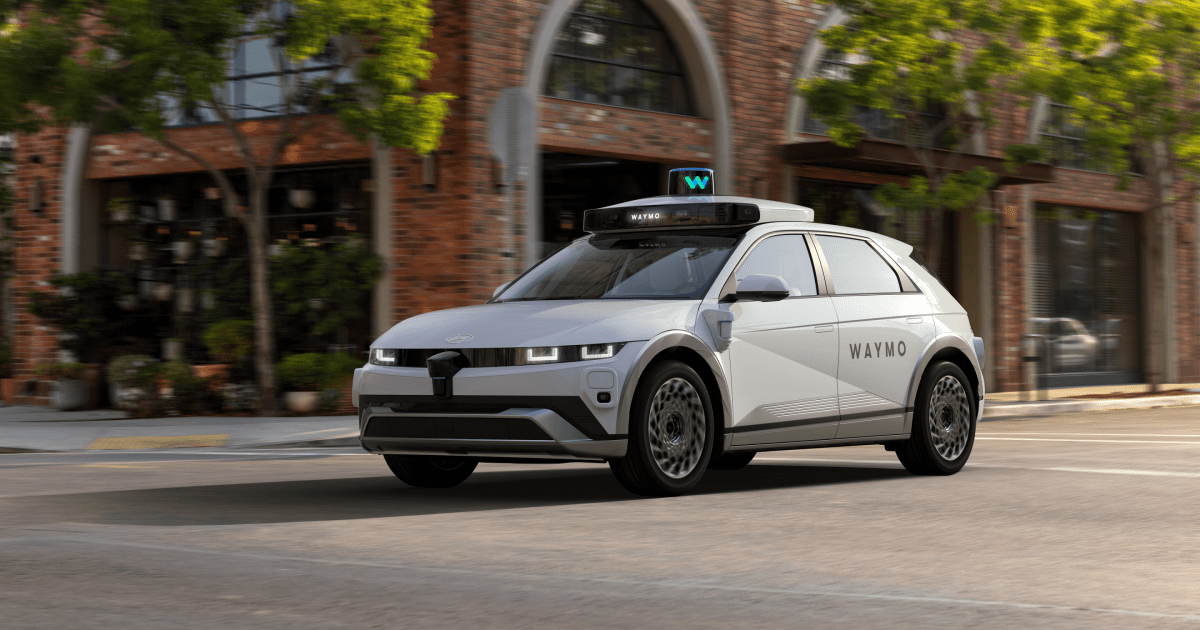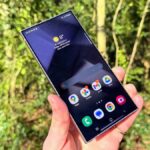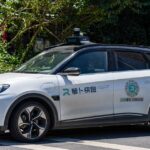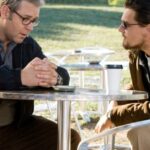Just days ahead of Tesla’s much anticipated robotaxi event on Thursday, Hyundai unveiled a partnership with Waymo that will add Hyundai’s Ioniq 5 to the fleet of the robotaxi operator.
In the first phase of the partnership, Waymo will integrate its sixth-generation fully autonomous technology, called the Waymo Driver, into the all-electric Ioniq 5 SUV, which will be added to the Waymo One fleet over time.
On-road testing with Waymo-enabled Ioniq 5s is due to start in late 2025 and become available to riders of the Waymo One robotaxi service the following year.
Alphabet-owned Waymo currently operates the only functioning robotaxi service in the U.S., with a fleet of about 700 self-driving vehicles already on the road in Phoenix, Los Angeles and San Francisco. The service is also being tested in Austin, Texas.
Last year, General Motors’ competing robotaxi service Cruise had to stop operations after one of its vehicles struck a pedestrian in San Francisco. Cruise’s GM vehicles are nonetheless expected to resume operations next year through a partnership with Uber.
Driverless vehicles have stumbled on two main obstacles on the road to commercialization: The complexity of the technology and tight safety regulations.
For now, Waymo’s existing footprint gives it a marked advantage over its competitors. Its sixth-generation technology is said to handle a wider array of weather conditions with fewer on-board cameras and sensors. In their joint statement, Waymo and Hyundai emphasized the proven safety of both the Waymo technology and the Ioniq 5.
Waymo’s technology relies on pre-mapped roads, sensors, cameras, radar and lidar (a laser-light radar). It’s an approach that might be very costly but has met the approval of safety regulators.
All this adds pressure on Tesla to deliver the goods with the launch of its robotaxi — expected to be called the Cybercab.
Tesla’s ambition has been to eventually provide full driverless capacity directly to consumers. Tesla owners can already buy software called Full Self-Driving (FSD) that operates like an advanced driver assistance system and requires constant driver supervision.
Tesla’s FSD relies on multiple onboard cameras to feed machine-learning models that, in turn, help the car make decisions based on what it sees.
The technology, however, has not yet convinced all current and former traffic safety officials.
Read the full article here














